You can use worms to compost food scraps at home, school, or work--even indoors! Here’s what you need to know. You can also download these guidelines below or ask your municipality, school, or another community organization to host a free vermicomposting workshop where you and other members of the community can learn together.
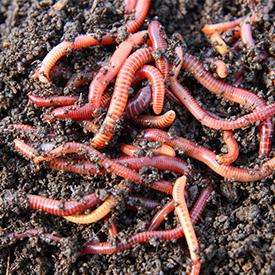
The Right Worms
Don’t just dig up night crawlers from your yard! Red Wiggler worms are voracious eaters, reproduce rapidly, and do well in captivity. Buy them at bait and tackle shops or from Magic Tree Vermicast. One-half pound of worms will eat 1-2 pounds of food per week.
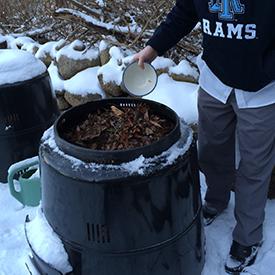
Adding Worms to Outdoor Bins
If you’re composting food scraps outdoors in a large bin, you can add 3-5 pounds of worms. In the winter, worms burrow under the ground but come up to feed, and you’ll see them in spring. See "Harvesting Castings," below.

Build or Buy an Indoor Bin
Search online for “worm bins,” purchase one locally from Magic Tree Vermicast, or build one using TWO plastic storage bins.
- Four-gallon bins can handle 1-2 lbs food/week
- 18-gallons bins can handle 3-7 lb food/week
- 36-gallon cans handle 8-11 lbs food/week
- Drill 1/4” holes on the top and bottom edges of bin #1 and all across its bottom. (This will be your inside bin.)
- Lay down four casters, such as the bottom half of plastic cups, in bin #2. Nest the inside bin in the outside bin, so the holes on the top edge stick out.
- Download these guidelines below for more helpful pictures!
What Goes in My Indoor Bin?
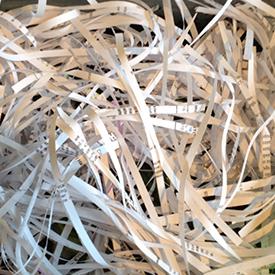
Bedding
- Paper towels and napkins
- Dryer lint
- Shredded cardboard and paper
- Coconut coir is also great!
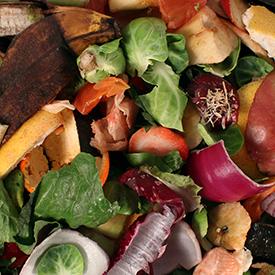
Greens
- Vegetable and fruit peels, cores, rinds, scraps
- Spoiled vegetables and fruit
- Eggshells
- Small amounts of coffee grounds and tea bags
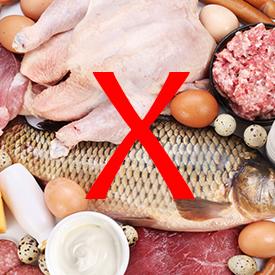
Do NOT vermicompost:
- Meats
- Fish
- Poultry
- Bones
- Dairy products
- Egg whites and yolks
- Fats, oil, grease
- Citrus (the oil is bothersome to the worm's skin)

Using Your Indoor Bin
- Lay down bedding in the bottom of both bins.
- Don’t overfeed. Be patient when starting a new bin.
- Chop up larger food scraps into smaller pieces.
- Store scraps in the freezer to prevent fruit flies.
- Thaw scraps. Place scraps in bin and cover with bedding.
- Too dry? Add water. Too wet? Add bedding.
Harvesting Castings
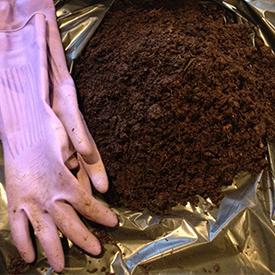
Tarp method
- Dump out on a tarp.
- Make little pyramids.
- Worms will move down to avoid light.
- Scrape castings off top.
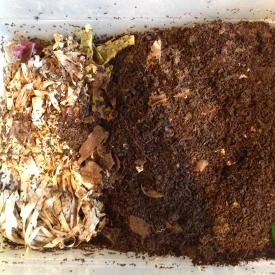
Get them to move
- Stop feeding until they’ve eaten almost everything.
- Push contents to one side and feed in a new spot.
- In a week or so they’ll move.
- Remove castings from worm-free area.
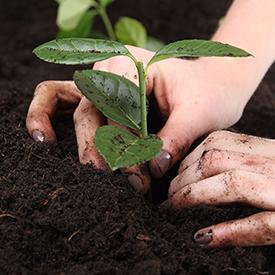
Use Castings
- Seed germination: 1:4 ratio of castings to soil
- Conditioning: 1:10 ratio of castings to soil
- Fertilizer: 1 Tbsp can feed an 8-10” plant for two months
- Liquid fertilizer: Mix 1 cup castings per 1 gallon of water
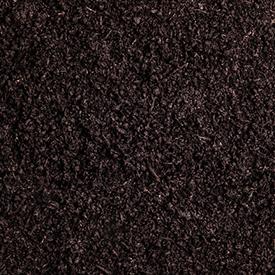
Need More?
Castings are available for purchase online, or locally from Magic Tree Vermicast.



